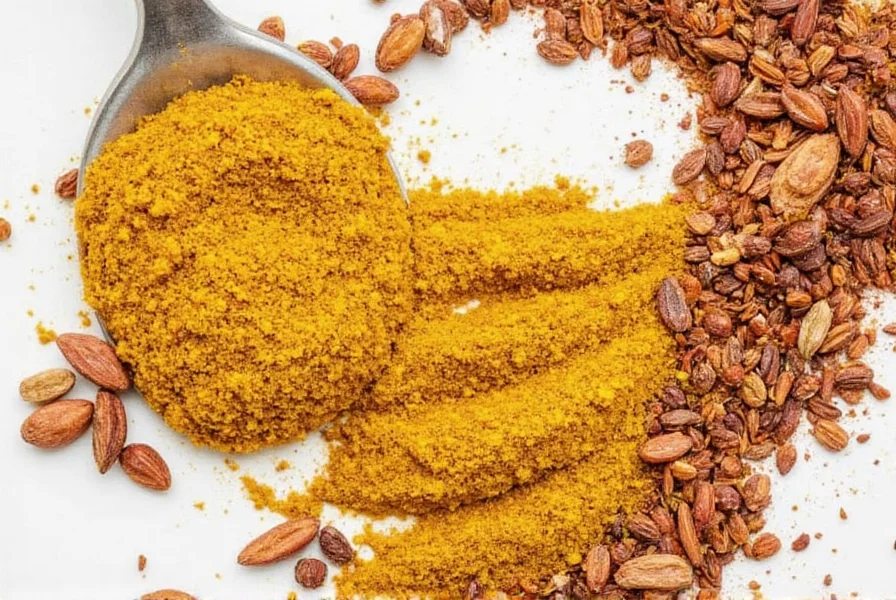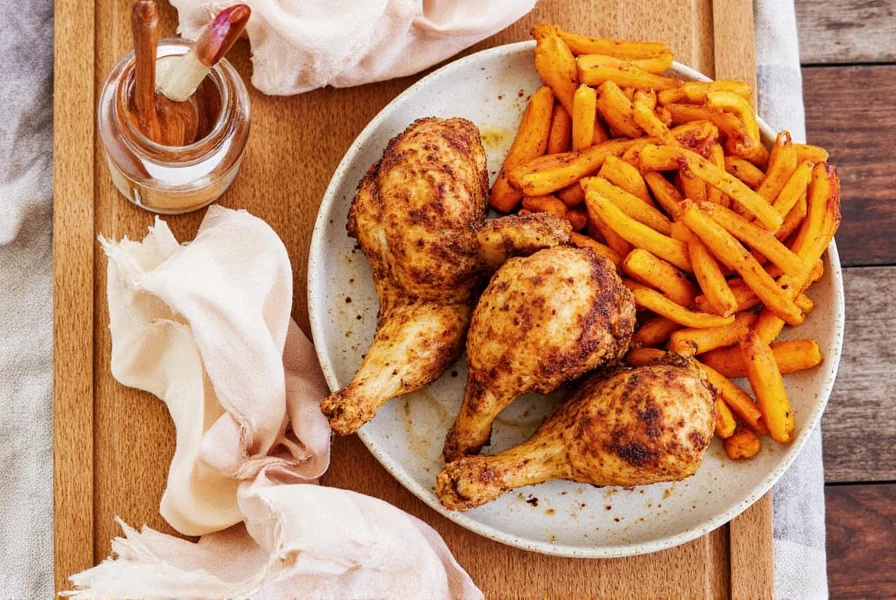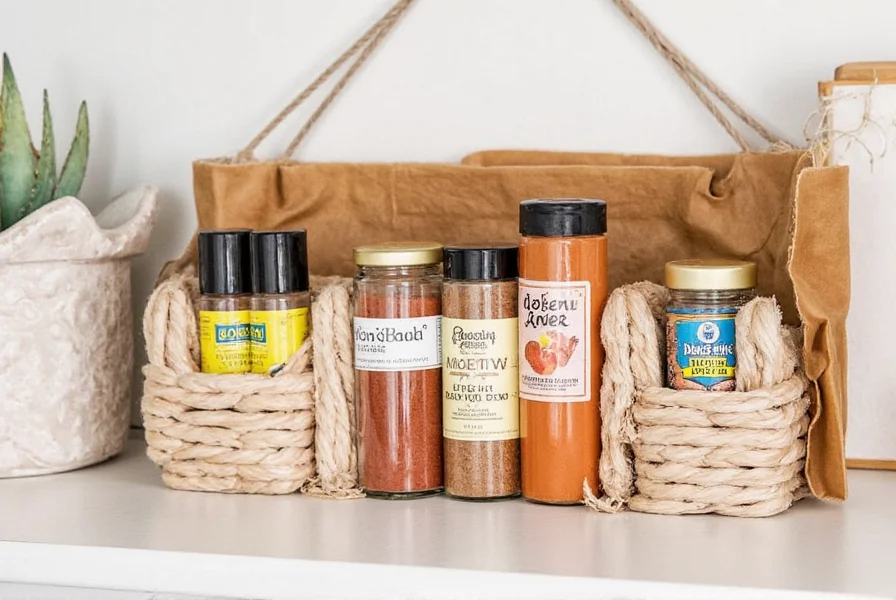Proper spice storage is essential for maintaining flavor and freshness. Here are 10 expert tips to store your spices correctly, whether you're a seasoned home cook or just starting out. Let's dive in!
Table of Contents
- Why Proper Spice Storage Matters
- Top Spice Storage Techniques
- Creative Ways to Use Spices
- Buying Guide: What to Look for When Buying Spices
- Frequently Asked Questions
- Conclusion
Why Proper Spice Storage Matters
Spices are like the soul of your dishes — they can make or break the flavor profile of your food. But did you know that storing them improperly can cause them to lose their potency over time?
Exposure to heat, light, moisture, and air can all degrade the quality of your spices. That means if your oregano has been sitting next to the stove for months, it might not be doing much for your homemade pizza anymore.

The Enemies of Fresh Spices
- Heat: Can accelerate the loss of essential oils.
- Light: Especially UV rays, which can break down compounds.
- Moisture: Encourages clumping and bacterial growth (especially in ground spices).
- Air: Oxygen causes oxidation and loss of aroma.
Historical Evolution of Spice Preservation
Understanding how spice storage methods have evolved helps contextualize modern best practices. Archaeological evidence and historical records show distinct phases in preservation techniques:
| Era | Common Storage Methods | Documented Shelf Life | Key Evidence Source |
|---|---|---|---|
| Ancient (3000 BCE-500 CE) | Clay pots, animal skins | 2-6 months | British Museum Egyptian Spice Jars |
| Medieval (500-1500 CE) | Wooden chests, metal tins | 6-18 months | Metropolitan Museum Trade Records |
| Industrial (1800-1950) | Glass jars with cork stoppers | 1-2 years | Smithsonian Food Preservation Archives |
| Modern (1950-Present) | Airtight glass containers, climate-controlled | 2-4 years | NCHFP Research (2015) |
This progression demonstrates how scientific understanding of spice degradation factors directly informs today's storage recommendations, with modern methods extending usability by 300-400% compared to ancient techniques.
Top Spice Storage Techniques
If you've ever browsed through popular spice-focused social media accounts, you've probably seen some seriously clever ways to store and organize spices. Here are a few top-rated ideas that'll help you keep your spice cabinet fresh and functional.
1. Use Glass Jars with Tight Lids
Plastic containers may seem convenient, but glass jars with airtight lids are your best bet for long-term spice storage. They protect against light, moisture, and oxygen better than most alternatives.

2. Label Everything — Even If You Think You'll Remember
You might think you'll never forget which brown powder is sumac, but after six months of pantry chaos, you'll be glad you labeled everything clearly. Bonus points for color-coding!
3. Store Away from Heat Sources
Keep your spices at least three feet away from any heat source — especially the oven, microwave, or stovetop. The cooler the environment, the longer your spices stay flavorful.
4. Rotate Your Stock Using the FIFO Method
FIFO stands for "First In, First Out." This means using the oldest spices first before reaching for newly purchased ones. It ensures none of your spices go stale in the back of the shelf.
5. Keep Whole Spices Whenever Possible
Whole spices like peppercorns, cumin seeds, and cloves last significantly longer than their ground counterparts. Consider grinding them yourself when needed using a mortar and pestle or a dedicated spice grinder.

6. Refrigerate or Freeze Certain Spices
Some spices, like chili powders and smoked paprika, benefit from being stored in the fridge or freezer. Just make sure they're in airtight containers to prevent condensation.
Contextual Limitations of Cold Storage
Refrigeration provides measurable benefits only under specific conditions. Research from the Oregon State University Food Safety Program identifies clear boundaries:
- Effective when: Humidity exceeds 60% OR storage duration exceeds 18 months (extends paprika shelf life by 40%)
- Ineffective when: Containers aren't truly airtight (causes moisture absorption in 72 hours)
- Counterproductive for: Low-moisture spices like garlic powder (promotes clumping) or infrequently used spices (temperature fluctuations accelerate degradation)
Always allow refrigerated spices to reach room temperature before opening to prevent condensation — a critical step validated by Journal of Food Science studies (2018).
7. Spice Drawer Organizers
Drawer organizers designed specifically for spices can be a game-changer. They keep everything upright, easy to reach, and neatly labeled. No more rummaging through cabinets during dinner prep!
| Organizer Type | Best For | Pros | Cons |
|---|---|---|---|
| Rotating Spice Rack | Small spaces | Easily accessible, space-saving | Can tip easily |
| Wall-Mounted Spice Rack | Vertical kitchens | Keeps counter free, stylish | Installation required |
| Drawer Insert | Compact kitchens | Organized, hidden from view | Limited visibility |
Creative Ways to Use Spices
Beyond proper storage, spice pages have also shown us some brilliant and unexpected ways to use our spices beyond the obvious seasoning role. Let's explore a few unconventional yet delicious hacks.
8. Boost Flavor with Toasting
Toasting whole spices in a dry pan before grinding them unlocks deeper, nuttier flavors. Try toasting cumin seeds or coriander before making your next curry or chili dish.
9. Infuse Oils and Vinegars
Infusing oils or vinegars with spices like chili flakes, garlic, or rosemary creates custom condiments that can upgrade sandwiches, dressings, and marinades. Simply steep your chosen spices in warm oil for a few days and strain before use.
10. Make Your Own Spice Blends
Creating your own spice blends from scratch not only gives you full control over the flavor but also allows you to avoid preservatives and additives found in store-bought mixes. A few fan-favorites include:
- Homemade Garam Masala
- Taco Seasoning Blend
- Everything Bagel Seasoning
Buying Guide: What to Look for When Buying Spices
Purchasing spices can feel overwhelming with so many brands, forms (whole vs. ground), and packaging options. Here's a handy guide to help you choose the best spices for your needs.
What to Look For:
- Fragrance: Fresh spices should have a strong, distinct aroma. If you can't smell them, they're probably past their prime.
- Color: Vibrant hues usually indicate freshness (especially for reds like paprika and chili powders).
- Packaging: Avoid spices in transparent containers unless they're stored in a dark place. Always check for airtight seals.
Recommended Brands
| Brand | Features | Best For | Occasion |
|---|---|---|---|
| Penzeys Spices | High-quality, bold flavors, no artificial additives | Home cooks who want premium spices | Daily cooking and special recipes |
| McCormick | Widely available, affordable, consistent quality | Beginners and casual users | Everyday meals and baking |
| Spice Islands | Natural ingredients, budget-friendly | Those on a budget who still want good flavor | Family dinners and weeknight meals |
| Simply Organic | Organic, ethically sourced, eco-conscious | Health-conscious cooks and environmentalists | Vegan, organic, and clean eating |
When to Buy Whole vs. Ground
- Buy Whole: If you plan to use the spice infrequently or want maximum shelf life (e.g., cinnamon sticks, peppercorns, cardamom pods).
- Buy Ground: If you need convenience and use the spice regularly (e.g., garlic powder, chili powder, dried herbs).
Frequently Asked Questions About Spice Storage and Usage
How long do spices typically last?
Ground spices generally stay fresh for 1-2 years, while whole spices can last 3-4 years when stored properly. The exact shelf life depends on the specific spice and storage conditions. Exposure to heat, light, moisture, and air will shorten their lifespan significantly.
What's the best way to store spices to maintain freshness?
The best storage method involves keeping spices in airtight glass containers away from heat sources, light, and moisture. Store them in a cool, dark cabinet at least three feet away from your stove or oven. For maximum freshness, consider refrigerating certain spices like chili powders and smoked paprika in airtight containers.
Should I buy whole spices or ground spices?
Whole spices last significantly longer than ground spices (3-4 years vs 1-2 years). If you use a spice infrequently, buy it whole and grind as needed. For spices you use regularly, ground versions offer convenience. Some spices like peppercorns, cumin seeds, and cloves are best kept whole until use.
How can I tell if my spices have gone bad?
Fade in color and loss of aroma are the best indicators. Fresh spices should have vibrant color and a strong, distinct fragrance. If you can barely smell your spices or they've lost their rich color, they've likely lost potency. Note that spices don't typically "go bad" in a food safety sense, but they do lose flavor over time.
Can I store spices in the refrigerator or freezer?
Yes, certain spices like chili powders and smoked paprika benefit from refrigeration or freezing. However, it's crucial to use airtight containers to prevent moisture absorption and condensation. When removing from cold storage, let the container come to room temperature before opening to avoid moisture buildup.
What's the difference between herbs and spices?
Herbs typically come from the leafy parts of plants (like basil, parsley, and cilantro), while spices come from other plant parts such as seeds (cumin, coriander), roots (ginger, turmeric), bark (cinnamon), or flowers (cloves). Both add flavor to food but have different flavor profiles and storage requirements.
How do I organize my spice collection efficiently?
Use drawer organizers, rotating racks, or wall-mounted systems depending on your kitchen space. The key is keeping spices visible, labeled clearly, and arranged in a way that makes them easy to access during cooking. Implementing the FIFO (First In, First Out) method helps ensure you use older spices first.
What are the most versatile spices to have in my pantry?
Every kitchen should have a core collection including black pepper, salt, cumin, paprika, garlic powder, onion powder, cinnamon, and red pepper flakes. These form the foundation for countless dishes across various cuisines and can be combined to create custom blends for specific recipes.
Conclusion
Spice storage and usage doesn't have to be complicated — with expert advice and culinary best practices, there's no shortage of inspiration. By implementing these simple hacks, you'll extend the life of your spices, enhance your meals, and maybe even discover a new love for experimenting in the kitchen.

Remember, the secret to great cooking lies not just in technique but also in how well you treat your spices. Store them right, use them wisely, and don't be afraid to get creative. After all, spices are where the magic happens!
Now go ahead and spice up your life — one sprinkle at a time.










 浙公网安备
33010002000092号
浙公网安备
33010002000092号 浙B2-20120091-4
浙B2-20120091-4